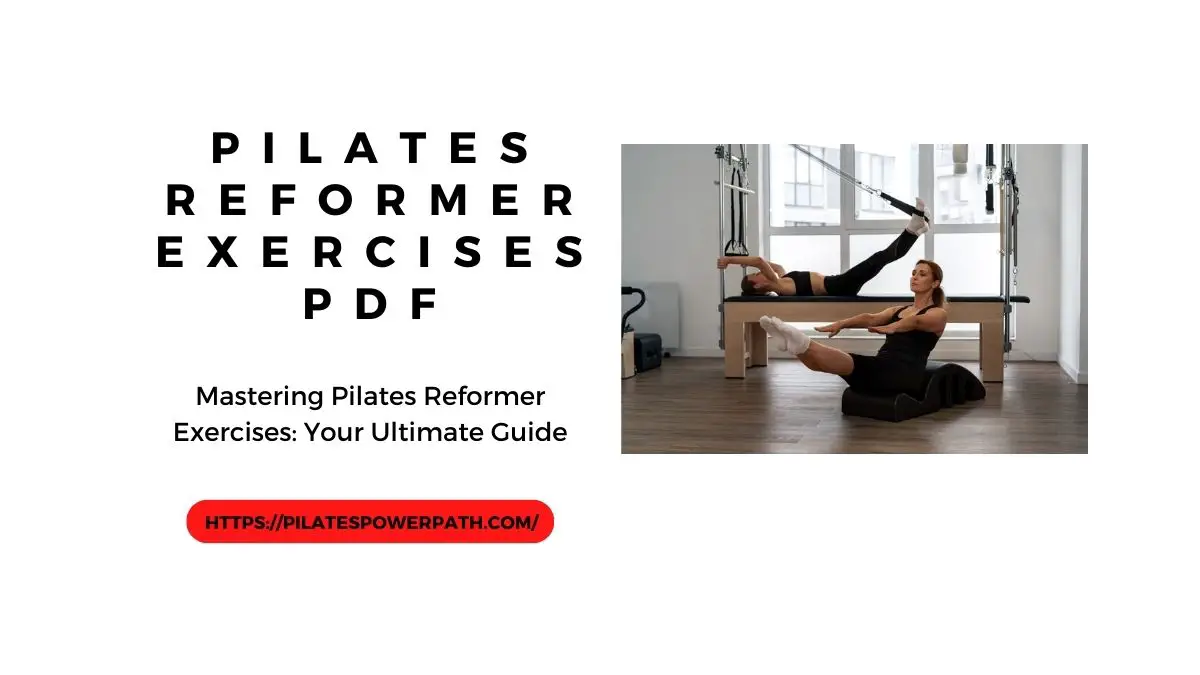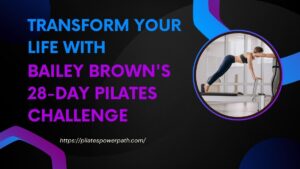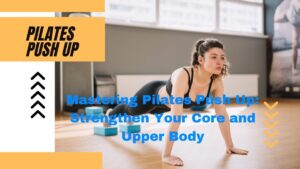Welcome to the world of Pilates reformer exercises – a dynamic and transformative approach to fitness that combines strength, flexibility, and precision. Whether you’re a Pilates enthusiast looking to expand your repertoire or a newcomer eager to explore this innovative workout method, you’ve come to the right place. In this comprehensive guide, we’ll delve into the fundamentals of Pilates reformer exercises, from understanding the equipment to mastering advanced techniques. By the end, you’ll be equipped with the knowledge and tools to elevate your Pilates practice to new heights.
Understanding Pilates Reformer Workouts
Exploring Pilates Reformer Equipment
The Pilates reformer is a versatile piece of equipment consisting of a sliding carriage, springs, ropes, and adjustable bars. This unique setup allows for a wide range of exercises that target various muscle groups while providing support and resistance. Understanding the components of the reformer is essential for mastering Pilates techniques and optimizing your workout experience.
Principles of Pilates Reformer Exercises
At the core of Pilates reformer workouts is a set of principles that guide movement and alignment. These principles include control, precision, breath, flow, and centering. By focusing on these key concepts, practitioners can achieve maximum efficiency and effectiveness in their workouts. Whether you’re performing basic exercises or advanced sequences, applying these principles will enhance your Pilates experience and deliver optimal results.
Read More: A Comprehensive Guide to Pilates Reformer Workout Plans PDF
Versatility and Adaptability of Pilates Reformer Workouts
One of the most appealing aspects of Pilates reformer exercises is their versatility and adaptability to all fitness levels. Whether you’re a beginner looking to build strength and stability or an experienced practitioner seeking new challenges, the reformer offers endless possibilities for customization. With modifications, variations, and progressions, Pilates reformer workouts can be tailored to meet individual needs and goals, making them suitable for everyone from athletes to seniors.
Benefits of Pilates Reformer Exercises
Improved Core Strength and Stability
Pilates reformer exercises are renowned for their ability to target the core muscles, including the abdominals, back, and pelvic floor. By engaging these muscles in a controlled and precise manner, practitioners can develop greater strength, stability, and endurance. A strong core not only enhances athletic performance but also promotes better posture, balance, and overall spinal health.
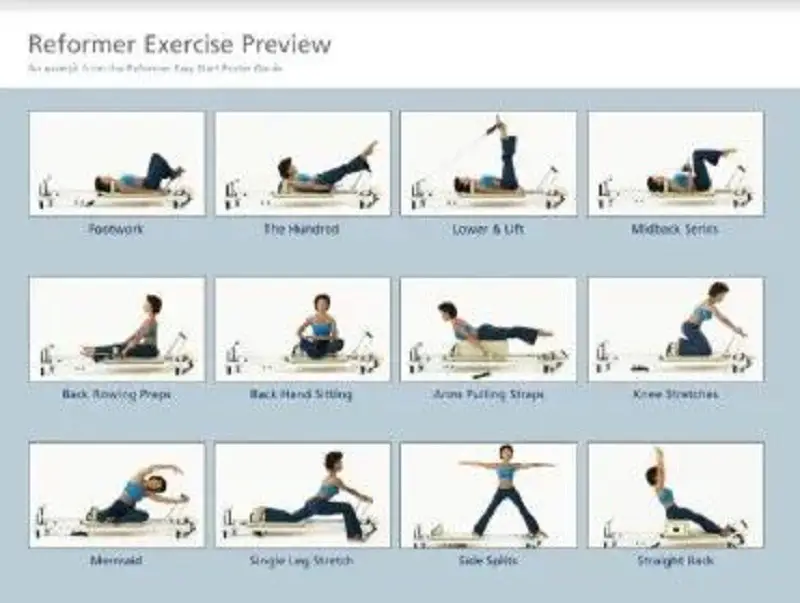
Increased Flexibility and Range of Motion
In addition to core strength, Pilates reformer workouts emphasize flexibility and mobility throughout the body. The dynamic nature of the exercises, combined with the resistance provided by the reformer springs, helps to lengthen and stretch muscles while improving joint mobility and range of motion. Whether you’re aiming to touch your toes or achieve a deeper backbend, Pilates reformer exercises can help you unlock greater flexibility and freedom of movement.
Enhanced Muscular Endurance and Postural Alignment
Consistent practice of Pilates reformer exercises can lead to significant improvements in muscular endurance and postural alignment. By performing controlled movements with proper alignment and technique, practitioners develop greater endurance in both the large and small muscle groups. This increased muscular endurance translates to improved performance in daily activities and reduced risk of injury. Additionally, Pilates reformer workouts promote optimal postural alignment, helping to alleviate muscle imbalances and prevent common postural issues such as rounded shoulders or swayback.
Pilates Reformer Exercises for Beginners
Introduction to Basic Exercises
For beginners, it’s essential to start with foundational Pilates reformer exercises that focus on building core strength, stability, and body awareness. These exercises often involve simple movements performed with precision and control, such as pelvic curls, leg circles, and chest expansion. Beginners should focus on mastering the basics before progressing to more advanced exercises, paying close attention to proper form and alignment.
Step-by-Step Instructions and Demonstrations
Each Pilates reformer exercise for beginners should be accompanied by clear, step-by-step instructions and demonstrations to ensure proper technique and alignment. Beginners may benefit from working with a certified Pilates instructor or following along with instructional videos or online tutorials. It’s important to start slowly and gradually increase the intensity and complexity of the exercises as proficiency improves.
Tips for Proper Form and Alignment
Proper form and alignment are essential for getting the most out of Pilates reformer exercises and minimizing the risk of injury. Beginners should focus on maintaining a neutral spine, engaging the core muscles, and breathing deeply and rhythmically throughout each movement. It’s also important to listen to the body’s cues and avoid pushing beyond the limits of comfort and control. With patience, practice, and attention to detail, beginners can build a strong foundation for their Pilates journey.
Intermediate Pilates Reformer Exercises
Progressions and Variations
As practitioners advance beyond the beginner level, they can begin to incorporate progressions and variations of basic Pilates reformer exercises to increase the challenge and intensity of their workouts. This may involve adding resistance, changing the tempo, or introducing more complex movement patterns. Intermediate exercises often focus on building strength, stability, and coordination while refining technique and control.
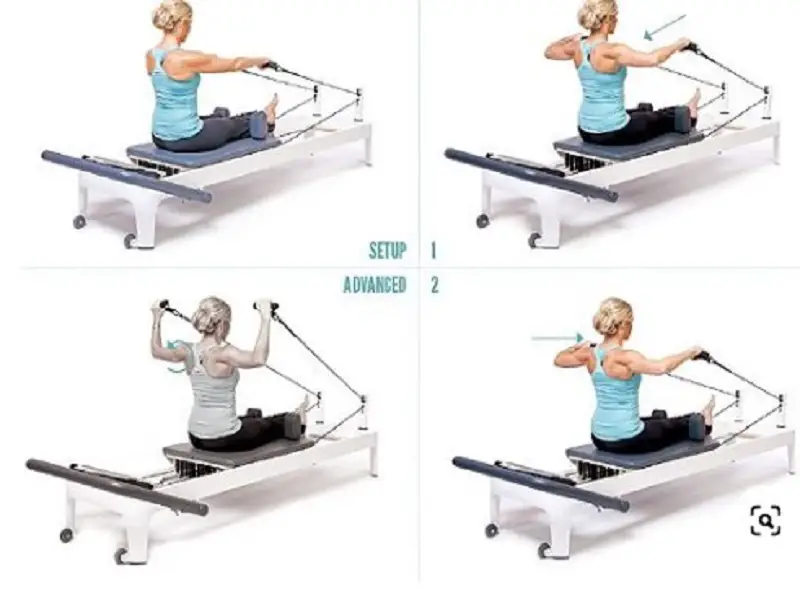
Instructions for Incorporating Props and Accessories
Intermediate Pilates reformer exercises may also incorporate props and accessories such as resistance bands, stability balls, and foam rollers to add variety and intensity to the workout. These props can help target specific muscle groups, enhance proprioception, and provide additional support or resistance as needed. Instructions for using props should be provided along with proper safety precautions to ensure a safe and effective workout experience.
Emphasis on Control and Precision
At the intermediate level, Pilates reformer workouts place a greater emphasis on control and precision in movement. Practitioners are encouraged to focus on maintaining proper alignment, engaging the core muscles, and moving with intention and awareness. By mastering control and precision, intermediate students can deepen their understanding of Pilates principles and lay the groundwork for more advanced exercises.
Advanced Pilates Reformer Exercises
Challenging Movement Sequences
Advanced Pilates reformer exercises are characterized by complex movement sequences that require strength, flexibility, and coordination. These exercises may involve dynamic transitions, fluid transitions between exercises, and the integration of multiple muscle groups simultaneously. Advanced practitioners often work with increased resistance and intensity to further challenge their bodies and expand their capabilities.
Precautions and Considerations
While advanced Pilates reformer exercises offer many benefits, they also pose a higher risk of injury if performed incorrectly or unsafely. Advanced practitioners need to approach these exercises with caution and mindfulness, paying close attention to proper form, alignment, and breathing throughout each movement. It may be advisable to work with a certified Pilates instructor or physical therapist to ensure safety and effectiveness.
Progressing Safely and Gradually
For those advancing to advanced Pilates reformer exercises, it’s crucial to progress safely and gradually to avoid overexertion or strain. Practitioners should listen to their bodies and respect their limits, taking breaks as needed and modifying exercises as necessary to accommodate individual needs and abilities. Building strength, flexibility, and control takes time and patience, so it’s important to honor the body’s journey and progress at a pace that feels comfortable and sustainable.
Pilates Reformer Exercises for Specific Goals
Core Strengthening and Stability
Pilates reformer exercises are highly effective for targeting the core muscles and improving strength, stability, and endurance in this area. Exercises such as the Hundred, Teaser, and Plank on the reformer engage the abdominals, back, and pelvic floor muscles to develop a strong and resilient core. By incorporating these exercises into a regular workout routine, practitioners can enhance overall core strength and stability, leading to improved posture, balance, and functional movement patterns.
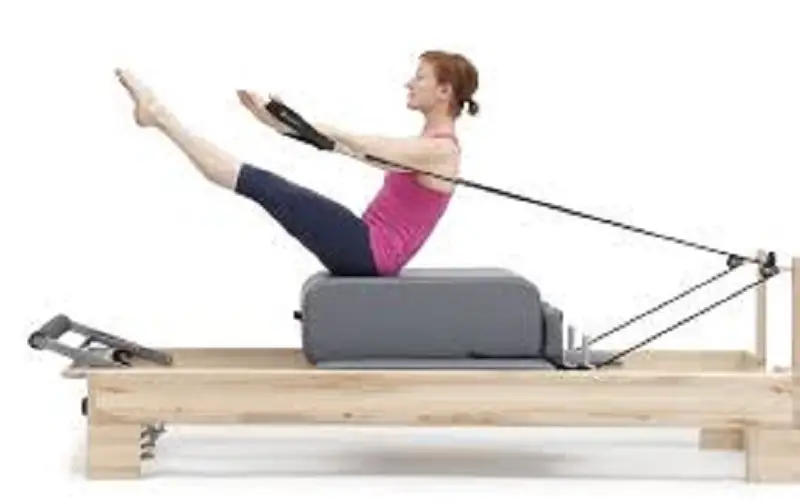
Flexibility and Range of Motion
In addition to core strength, Pilates reformer exercises promote flexibility and range of motion throughout the body. Dynamic stretchings and lengthening movements, such as the Leg Circles, Swan Dive, and Spine Stretch Forward, help to elongate muscles, improve joint mobility, and release tension. By regularly practicing these exercises, practitioners can achieve greater flexibility, ease of movement, and overall suppleness, reducing the risk of injury and enhancing athletic performance.
Rehabilitation and Injury Prevention
Pilates reformer exercises can be valuable tools for rehabilitation and injury prevention, helping individuals recover from injuries, manage chronic conditions, and prevent future issues. By targeting specific muscle groups and movement patterns, Pilates reformer workouts can address imbalances, weaknesses, and compensatory movement patterns that contribute to pain and dysfunction. With the guidance of a qualified instructor or physical therapist, individuals can safely and effectively incorporate Pilates reformer exercises into their rehabilitation programs to promote healing, restore function, and prevent re-injury.
Conclusion
In conclusion, Pilates reformer exercises offer a holistic approach to fitness and wellness, combining strength, flexibility, and mindfulness in a dynamic and engaging workout format. Whether you’re a beginner just starting your Pilates journey or an advanced practitioner looking to deepen your practice, there’s something for everyone to explore and enjoy on the reformer. By understanding the principles, techniques, and benefits of Pilates reformer exercises, you can optimize your workout experience and achieve your fitness goals with confidence and ease. So roll out your mat, fire up your reformer, and embark on a transformative journey to health and vitality with Pilates.
FAQs About Pilates Reformer Exercises
The Pilates reformer is a piece of equipment used in Pilates workouts that consists of a sliding carriage, springs, ropes, and adjustable bars. It provides resistance and support for a wide range of exercises targeting various muscle groups.
The frequency of Pilates reformer workouts depends on individual goals, fitness levels, and preferences. For beginners, 2-3 sessions per week is a good starting point, while more experienced practitioners may choose to practice 3-5 times per week for optimal results.
While Pilates reformer exercises are often performed in a studio setting with specialized equipment, it is possible to practice at home with a portable or home reformer. However, it’s important to ensure proper setup, technique, and safety precautions when practicing Pilates at home, especially without the guidance of a qualified instructor.

